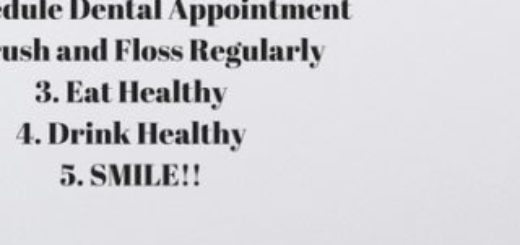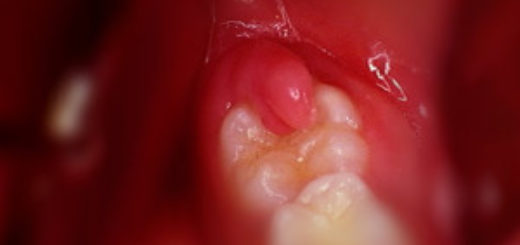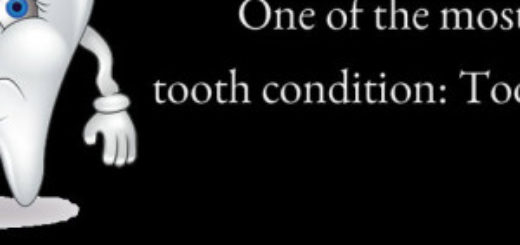Dental Floss – Live Healthy
Dental Floss – Live Healthy
Dental floss is used to remove food debris or plaque and remains on teeth to maintain oral health. Dental floss use in developing countries is low and its use is important in order to maintain healthy teeth. Such low levels of uptake in the general population is really cause for concern. Dental floss removes plaque from the inter-dental area and some dentists thought that it polishes the tooth surface as it removes the dental plaque, and reduces gingival inflammation. Dentists thought that dental floss should be customarily used along with tooth brushing every day. Toothbrushes with advanced bristle designs would remove inter-dental plaque similar to dental floss.
Dental plaque or biofilm is the main cause of periodontal disease and effective removal of bacterial plaque is the gold standard for its prevention. The mechanical method of plaque control is indisputably the easiest and most effective measure to maintain oral health. It is well known that toothbrush alone is inadequate for effective removal of dental plaque, and hence, use of other oral hygiene aids such as dental floss has been emphasized. Even though dental floss is more effective in removal of inter-dental plaque than manual toothbrush alone, the usage of dental floss as an adjunct oral hygiene aid is not encouraging throughout the world. Various dentists suggest that dental floss is used only by a small part of the population on a daily basis. It has been found that daily use of dental floss not only prevents periodontal disease but also lowers the risk of cardiovascular disease.
A wide variety of inter dental cleaning devices are available. For the most part, the most appropriate inter-dental aid depends on the size and shape of the inter-dental space, as well as the morphology of the proximal tooth surface. Also, the level of dexterity and ability of the patient to use a hygiene aid should be taken into account. As a method to remove inter-proximal plaque, flossing has received the most attention. However, the difficulty in flossing probably makes this technique less than universal in its application. As dental plaque is naturally pathogenic and dental floss disrupts and removes some inter-proximal plaque, it has been considered that flossing should reduce gingival inflammation and reduce gum bleeding.
Most dentists recognize dental floss as an essential oral hygiene aid and agree that its routine use is necessary. Lack of adequate knowledge among the dentists regarding dental floss has to be addressed immediately. The percentage of prescription of dental floss is also less, which can be correlated with lack of patient compliance. Awareness regarding dental floss needs to be bolstered in the general population as a preventive oral healthcare behavior. Thus, increased usage of dental floss along with toothbrush may prevent periodontal diseases.


